Battle for the Infinity Gems: A Look Back at Marvel Super Heroes
(Edited)
Thanos has always been an elite villain. Long before the arrival of Marvel movies, the Mad Titan nearly brought the universe to its knees in a 1991 comic book called The Infinity Gauntlet. In this limited series, Thanos obtained all six Infinity Gems, while a group of superheroes tried to stop him. Capcom was well aware that this material was perfect for a fighting game, so they signed a contract with the American comic book Publisher.
As a result, the excellent arcade game X-Men: Children of the Atom was released. With this title, the company responsible for Street Fighter gained valuable experience designing new combat mechanics. Aerial combos, super jumps or chargeable power techniques defined the new saga and Marvel Super Heroes was going to take it to the next level.
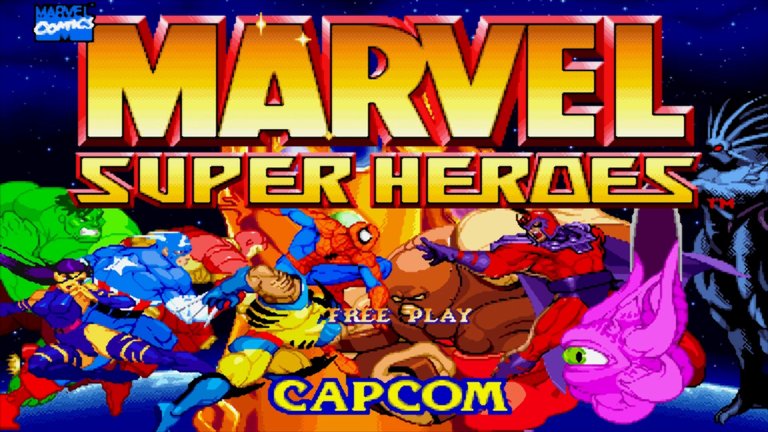
Ten characters were chosen to form the roster of fighters: Spider-Man, Captain America, Shuma-Gorath, Iron Man, Blackheart, Hulk, Juggernaut, Magneto, Wolverine, and Psylocke. Doctor Doom, Anita from Darkstalkers, and Thanos (the final boss) were hidden characters, only selectable via cheat codes.

The “Super Bar” presented in Children of the Atom was simplified. This allowed the use of the Infinity Gems. The fighters would receive a random Gem but could acquire more by defeating the opponent or picking them up from the stage. By performing the the right buttons combination, the Gem would grant the player a temporary advantage. For example, the Time Gem increased the character´s speed, and the Soul Gem restored her or his health. Additionally, each character had an affinity with one of the six Gems. This granted access to an exclusive technique; with the Power Gem, Spider-Man could summon a clone during the battle.

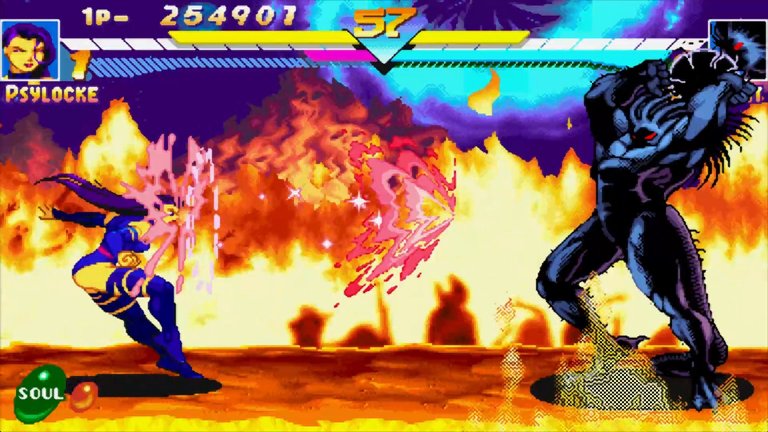
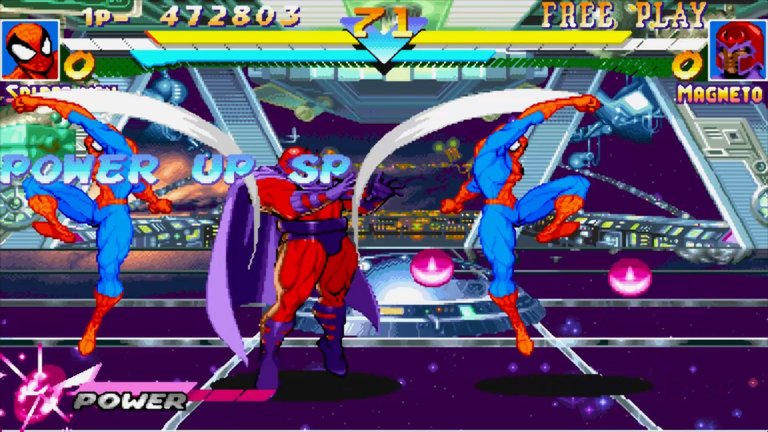
In every amusement arcade you went, people were assiduously playing Marvel Super Heroes. The most skilled players invented new techniques, such as the infinite combos that crushed the opponent. Another fun fact, is that this game took full advantage of the CPS-2 board hardware, which was superior to the PS1. Because of this, Capcom had to make some adjustments to port the game to this console, one of the most noticeable cutback was reducing the characters’ animation frames. Despite this, the game’s adaptation was worthy.
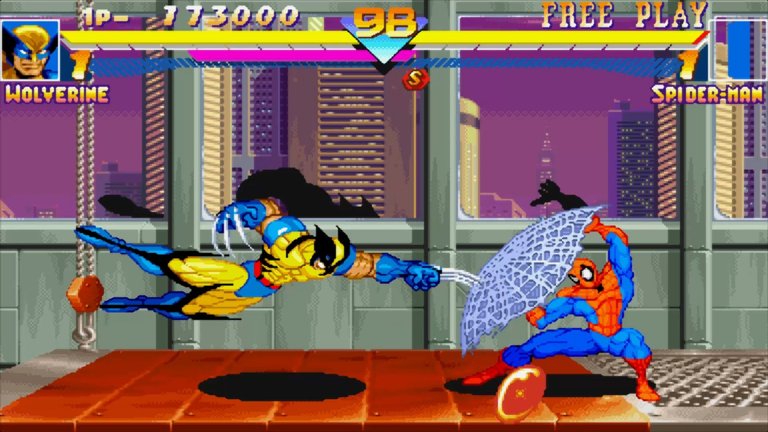
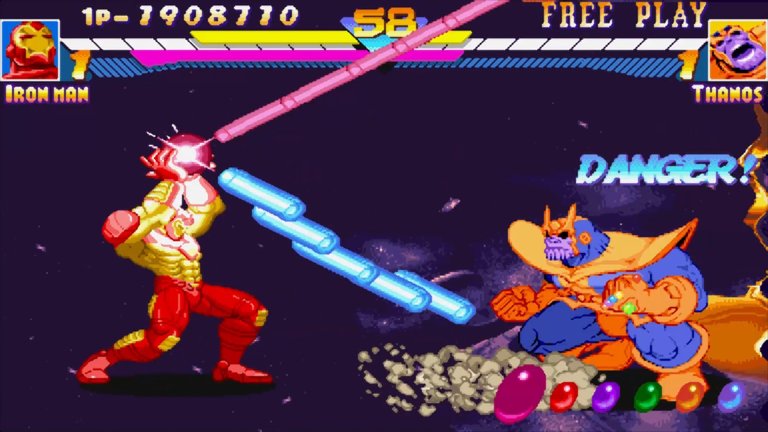

After that, Capcom continued their good work with a series of crossovers in which they pitted their own characters against superheroes. These games´ dynamic were always based on team battles, with interchangeable fighters.
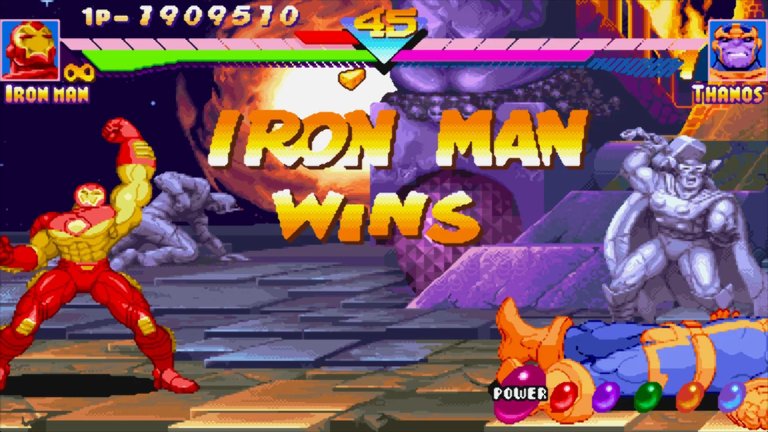
I have nothing more to add other than with this fast-paced and visually vibrant game Capcom definitely hit the jackpot back in the day.
THANK YOU FOR READING!
All images in this post are screenshots taken from my playthrough.
7
0
0.001 ONEUP
It's very exciting how it all began, I love video games and their history.
Yeah, gaming culture is really fascinating. Best regards!
!LOLZ
lolztoken.com
Because they can’t open windows in space.
Credit: reddit
@satoru-raiden, I sent you an $LOLZ on behalf of vaynard.fun
(10/10)
NEW: Join LOLZ's Daily Earn and Burn Contest and win $LOLZ